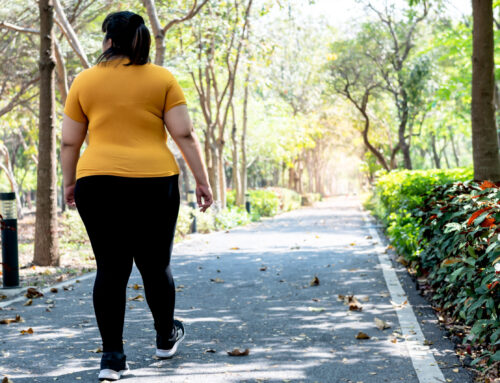
Lipedema Awareness Month aims to change that by raising awareness about the condition, its symptoms, and the importance of early detection and treatment.
Early diagnosis is crucial for successful management of lipedema, as it can prevent the condition from progressing and causing further complications. This article will provide an introduction to lipedema, its symptoms, and the various treatment options available, and how you can join the fight to raise awareness about this often-overlooked condition.
What is Lipedema and who is at risk?
Lipedema is a chronic condition that occurs when there is an abnormal accumulation of fat cells in the legs, thighs, buttocks, and sometimes arms. It affects mostly females, with estimates ranging from 11-15% of the adult female population being affected. The cause of lipedema is unknown, but it is thought to be related to hormonal imbalances, genetics, and lifestyle factors.
Unfortunately, lipedema is often misdiagnosed as obesity or lymphedema, leading to delayed diagnosis and treatment. Women with lipedema may experience pain, tenderness, swelling, and a feeling of heaviness in the affected areas. They may find it difficult to lose weight in these areas through diet and exercise alone.
It is important to note that lipedema is not the same as obesity or cellulite. While weight loss can help improve the appearance of the affected areas, it will not cure lipedema.
Certain factors may increase the risk of developing lipedema, including family history, hormonal imbalances, pregnancy, and genetics. Women who have lipedema may also be at risk of developing lymphedema, a condition that causes swelling in the limbs due to a compromised lymphatic system.
Early detection and treatment of lipedema are crucial to prevent further complications and improve quality of life. Treatment options may include compression garments, lymphatic massage, manual lymphatic drainage, and lipedema surgery. Marcia Byrd, M.D. has developed a customizable surgical technique that rids the body of lipedema fat. Dr. Byrd has helped thousands of women with their struggle with this debilitating disease.
Lipedema Awareness Month serves as a reminder to increase awareness, education, and advocacy for those affected by this condition and encourage early detection and treatment.
Signs and Symptoms of Lipedema
Lipedema is a misunderstood medical condition that affects a significant percentage of the adult female population. It is crucial to recognize its signs and symptoms to ensure early detection and medical attention.
Here are some common signs and symptoms of lipedema:
1. Bilateral Fat Accumulation: A hallmark sign of lipedema is the abnormal accumulation of fat cells that occurs in a symmetrical fashion on both legs, thighs, and sometimes arms. This characteristic often leads to the misdiagnosis of lipedema as obesity or simple weight gain.
2. Pain and Sensitivity: Women with lipedema may experience pain, tenderness, or sensitivity in the affected areas. This can lead to difficulty performing everyday activities and can impact the overall quality of life.
3. Swelling and Inflammation: Lipedema can cause swelling and inflammation in the affected areas. This swelling can be more prominent during periods of prolonged standing or sitting or after physical activity.
By increasing awareness and understanding of the signs and symptoms of lipedema, more women can receive early detection and treatment, improving their overall quality of life. Lipedema Awareness Month serves as a reminder of the importance of recognizing and addressing this chronic condition.
If you think you may have lipedema, contact Dr. Marcia Byrd at the Lipedema Surgery Center to set up a consultation. She is a warm and caring individual who can help you.




